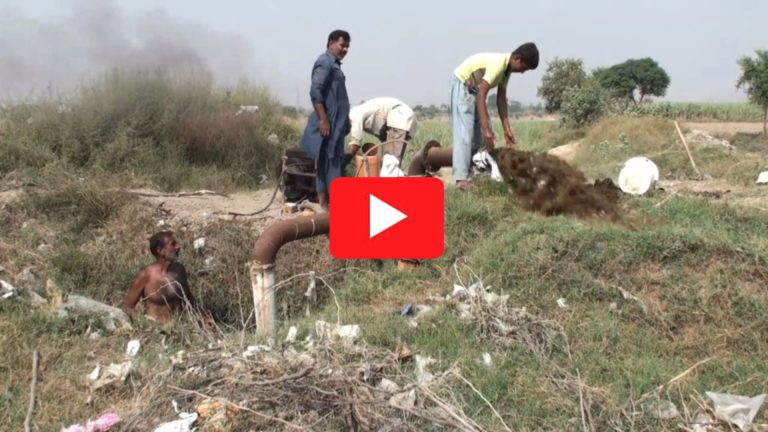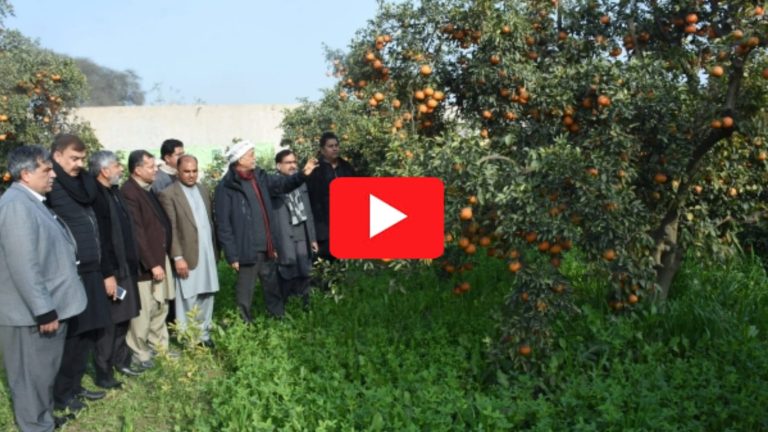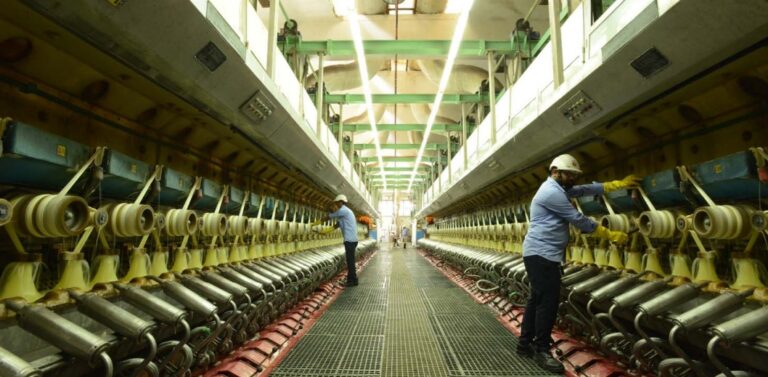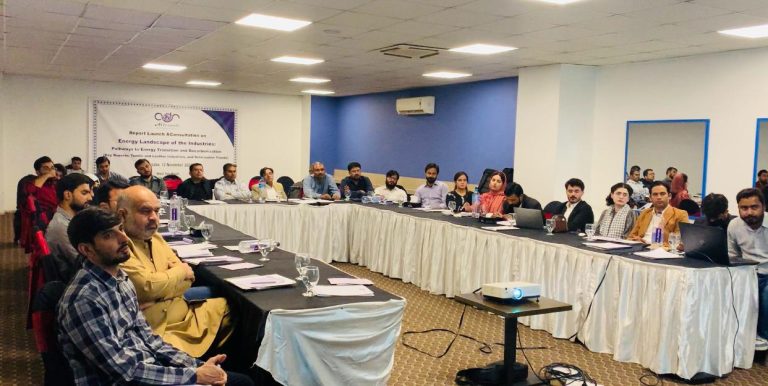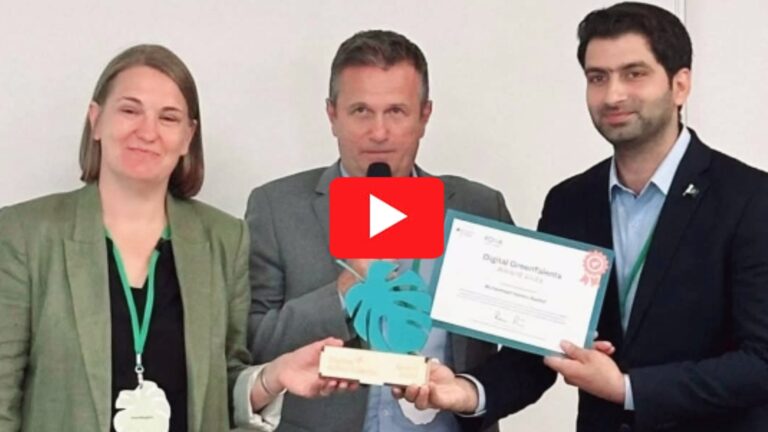Why Reducing Carbon Emissions in Pakistan’s Textile Industry is Key to Boosting Exports?
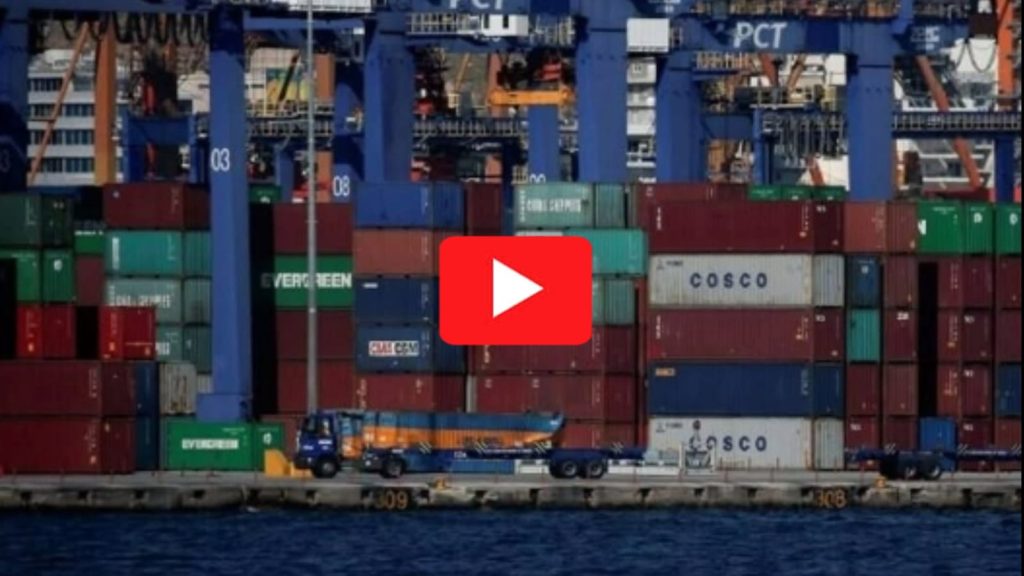
As a country vulnerable to climate change, Pakistan faces a critical challenge: reducing carbon emissions in its textile sector—a backbone of the national economy and the largest contributor to exports.
Currently, Pakistan’s textile industry emits approximately 8.1 million tons of carbon annually. The sector consumes 27% of the nation’s total electricity and 40% of its natural gas, placing immense pressure on both energy resources and the environment.
With the European Union targeting net-zero carbon imports by 2026, and the implementation of the Carbon Border Adjustment Mechanism (CBAM) by 2030, countries exporting to the EU will face a carbon fee on products manufactured through carbon-intensive processes. This poses a serious threat to the competitiveness of textile manufacturers that fail to meet emission reduction standards.
In response, several leading textile mills in Faisalabad—Pakistan’s textile hub—have begun to take proactive steps to address this challenge. Among them, Crescent Textiles stands out for its leadership in adopting sustainable practices and actively working to reduce its carbon footprint, positioning itself as a forward-looking industry player ready to compete in the global low-carbon economy.


